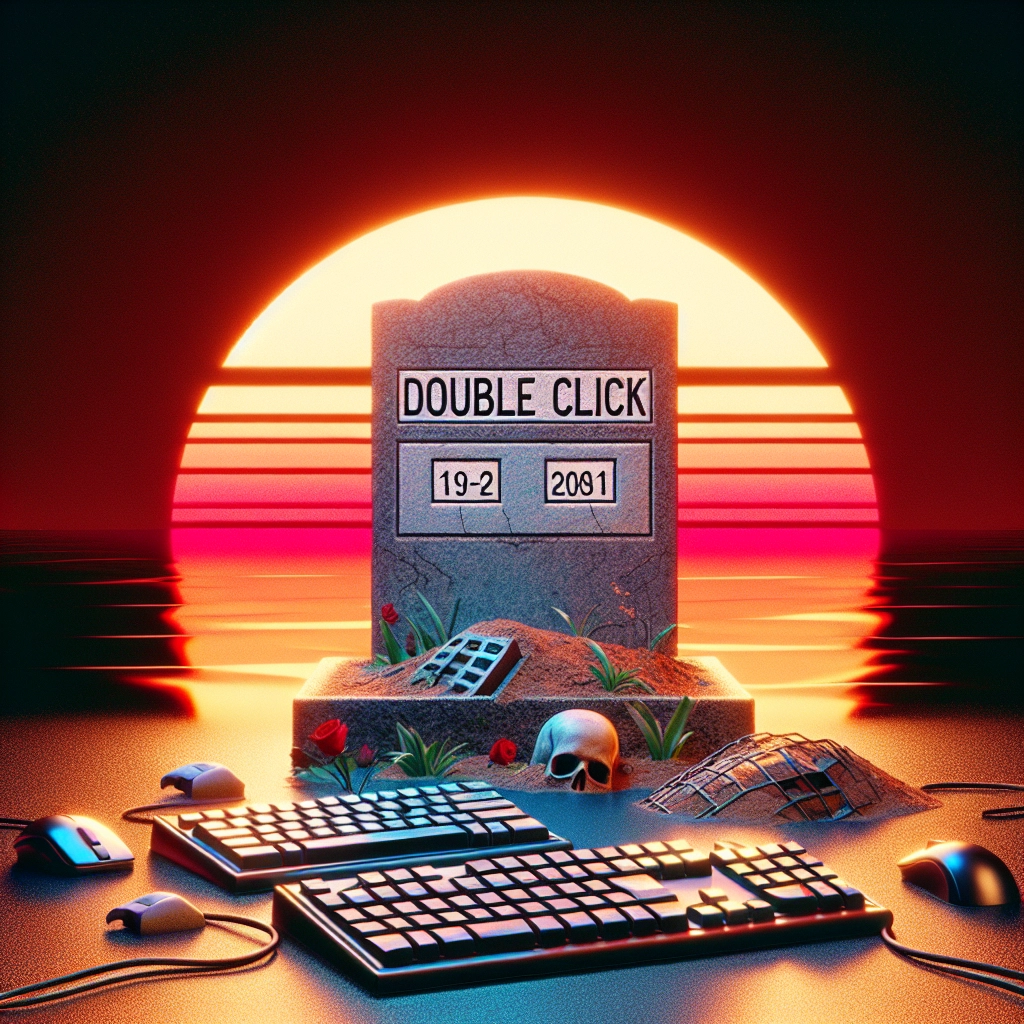Double-clicking is outdated, a remnant from the floppy disk era that has no place in today’s user experience (UX). As technology advances with AI, touch interfaces, and simplicity, it’s time to leave the double-click behind. If your designs still incorporate it, you’re regressing.
The Rise and Fall of Double-Clicking
Double-clicking emerged as a solution in the early days of graphical user interfaces, allowing users to differentiate between selecting and opening items with a limited input system. However, this mechanism is now an obsolete practice in 2025, unable to keep pace with modern UX developments.
In the current digital environment, double-clicking finds itself increasingly irrelevant. On smartphones, interactions are streamlined to tapping and swiping — no double-clicks here. Users don’t look for the clumsiness of double-click; they want efficiency.
Problems with Double-Clicking
Despite arguments that double-clicking can speed up actions, this notion is flawed. Reliability is just as critical as speed; double-clicking is often ineffective due to individual OS settings, user variation, and misfires by inexperienced users. This creates significant barriers for people with motor difficulties or for older users, which amounts to exclusionary design.
So, why does double-clicking persist? Legacy systems, like Windows and some enterprise applications, cling to it due to historical inertia and the comfort of familiarity for developers. However, this mindset places the needs of engineers above user-friendly design principles.
The Shift to Modern UX
Fortunately, web designers have largely abandoned double-clicking. Modern web applications are built on principles of clarity and minimalism, with interaction steps reduced to improve user experience. Users expect actions to be intuitive, and every unnecessary click must be eliminated.
Gesture-based interfaces and AI advancements further underscore the redundancy of double-clicking. Emerging technologies allow systems to predict user actions with greater accuracy, moving diagnostics away from “click twice to proceed.”
Moving Forward: What Should Replace Double-Clicking?
The future of interactions involves:
- Single-click functionality: Interfaces should think ahead to fulfill user expectations.
- Contextual user interfaces: Offering immediate, relevant actions based on user intent.
- Reliable confirmation methods: Using long-press or hold-to-confirm actions, particularly on mobile devices.
- Touch-first design principles: Creating intuitively designed interfaces regardless of input device.
A Call to Action for Designers
Designers in 2025 need to abandon the double-click altogether. Today’s design philosophy should prioritize user experience over nostalgia or outdated practices. A good design facilitates interaction effortlessly, while a great design anticipates the needs of users.
In conclusion, double-clicking is an outdated relic that fails to respect user intent and communication. It complicates rather than clarifies user interaction, and it should be put to rest. Embracing modern practices in UX design will result in more user-centric experiences and ultimately drive innovation in the technology landscape.
Welcome to DediRock, your trusted partner in high-performance hosting solutions. At DediRock, we specialize in providing dedicated servers, VPS hosting, and cloud services tailored to meet the unique needs of businesses and individuals alike. Our mission is to deliver reliable, scalable, and secure hosting solutions that empower our clients to achieve their digital goals. With a commitment to exceptional customer support, cutting-edge technology, and robust infrastructure, DediRock stands out as a leader in the hosting industry. Join us and experience the difference that dedicated service and unwavering reliability can make for your online presence. Launch our website.

